Induction Shrink Fitting
Views Send Enquiry
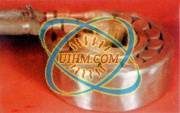 Induction shrink fitting refers to the use of induction heater technology to pre-heat metal components between 150 °C (302 °F) and 300 °C (572 °F) thereby causing them to expand and allow for the insertion or removal of another component.Typically the lower temperature range is used on metals such as aluminium and higher temperatures are used on metals such as low/medium carbon steels. The process avoids the changing of mechanical properties whilst allowing components to be worked. Metals typically expand in response to heating and contract on cooling; this dimensional response to temperature change is expressed as a coefficient of thermal expansion.
Induction shrink fitting refers to the use of induction heater technology to pre-heat metal components between 150 °C (302 °F) and 300 °C (572 °F) thereby causing them to expand and allow for the insertion or removal of another component.Typically the lower temperature range is used on metals such as aluminium and higher temperatures are used on metals such as low/medium carbon steels. The process avoids the changing of mechanical properties whilst allowing components to be worked. Metals typically expand in response to heating and contract on cooling; this dimensional response to temperature change is expressed as a coefficient of thermal expansion.Induction Shrink Fitting is a procedure in which heat is used to produce a very strong joint between two pieces of metal, one of which is inserted into the other. Heat is applied to one of the pieces so that it expands, the other component is at ambient temperature. At this point the two pieces are placed one inside the other. As the hot component cools it contracts onto the already cool component producing interference and pressure which holds the two pieces together mechanically.
Features of the Induction Shrink Fitting technology:
Accurate and repeatable delivery of heat
Uniform heat giving predictable expansions
Precise control of cycle times
Reduced energy consumption
Fewer reject parts as all aspects of the process can be monitored
Ease of integration into an existing production cell
Better quality
Next: Induction Annealing Stainless SteelPrevious: Induction surface hardening
Good
Bad
Related Content
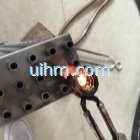
induction brazing SS steel by handheld induction coil
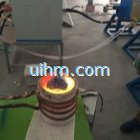
induction melting silicon and steel
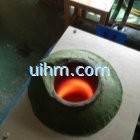
magnesium oxide acidic furnace for induction melting glass
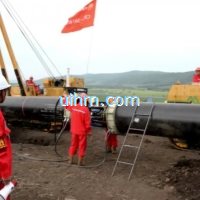
induction preheating gas pipeline by full air cooled clamp induction coil and DSP induction heater
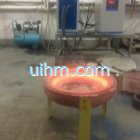
induction melting with Titanium alloy pot by customized induction coil
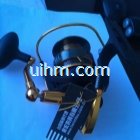
induction melting aluminium for casting wire wheel
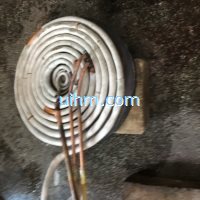
induction heating steel plate by pancake induction coil
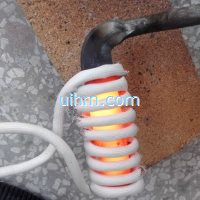
induction heating steel knife
Hot
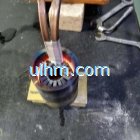
induction heating inner surface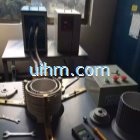
induction shrink fitting aluminium motor frame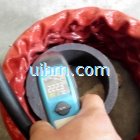
induction shrink fitting coupling hub for oil pipes project by water cooled flexible induction coil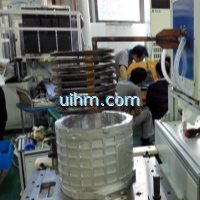
induction shrink fitting aluminum motors stators rotors
induction shrink fitting aluminum motors stators rotors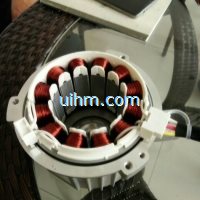
induction shrink fitting aluminum motors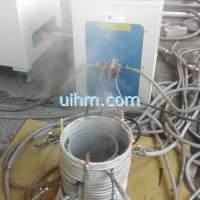
induction shrink fitting aluminum motor frames to 350 celsius degree in 50 seconds by 60KW machine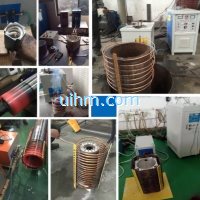
induction shrink fitting

Newest Comment
No Comment
Post Comment